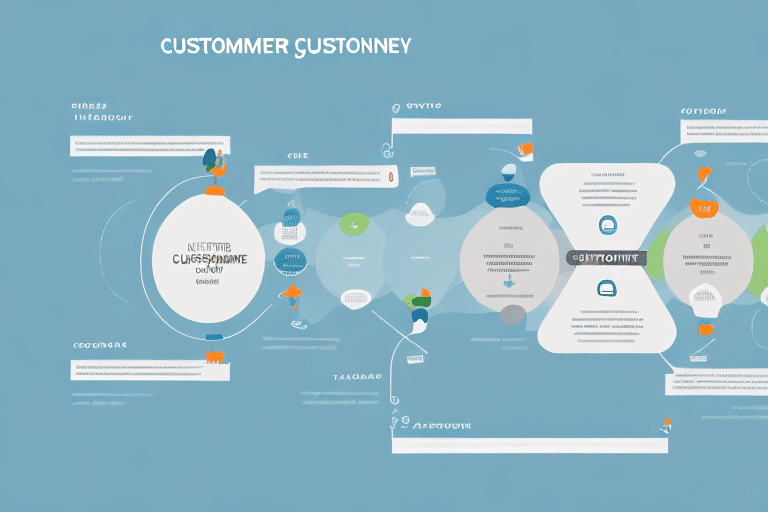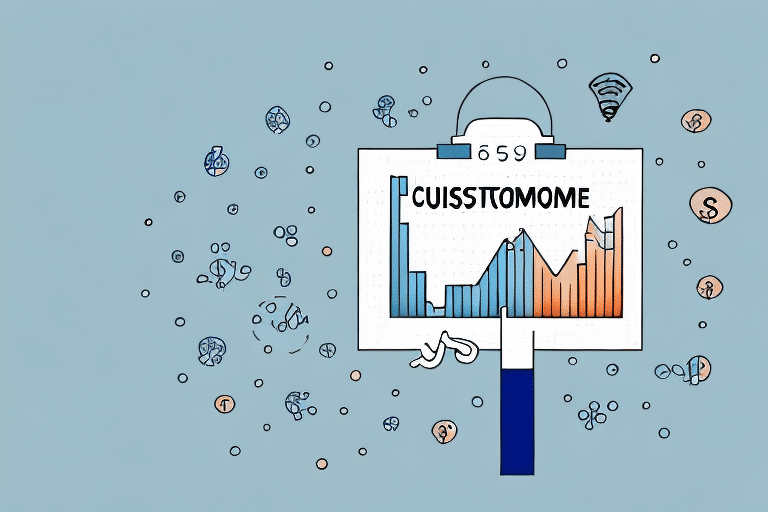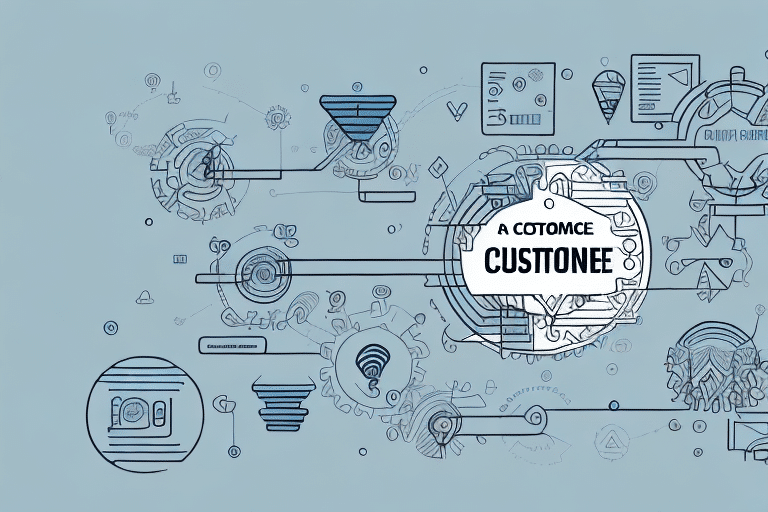Importance of Customer Retention
In the highly competitive world of business, customer retention is essential for maintaining a steady revenue stream and achieving long-term success. Acquiring new customers can be up to six times more expensive than retaining existing ones, according to studies by Harvard Business Review. Loyal customers are not only more likely to make repeat purchases but also to recommend your products or services to others, driving new business organically.
A high customer retention rate indicates strong customer satisfaction, positively reflecting on your brand reputation and fostering customer loyalty. Additionally, loyal customers tend to spend more over time, contributing to increased revenue and business stability.
Moreover, retaining customers can significantly reduce marketing costs, allowing you to allocate resources more efficiently towards maintaining relationships rather than constantly attracting new clients.
Measuring Customer Retention
To effectively measure the success of your customer retention strategies, it's crucial to monitor key metrics. These include:
- Customer Churn Rate: The percentage of customers who stop using your product or service over a given period.
- Customer Lifetime Value (CLV): The total revenue a business can expect from a single customer account throughout their relationship.
- Net Promoter Score (NPS): A measure of customer satisfaction and loyalty based on their likelihood to recommend your business.
- Customer Satisfaction Score (CSAT): Direct feedback from customers regarding their satisfaction with your products or services.
- Repeat Purchase Rate: The percentage of customers who make multiple purchases over time.
- Average Order Value (AOV): The average amount spent by a customer per transaction.
Tracking these metrics enables you to identify areas for improvement and optimize your retention strategies effectively.
Strategies for Enhancing Customer Retention
Understanding Your Customer Base
To develop effective retention strategies, it's essential to thoroughly understand your customer base through segmentation and the creation of buyer personas.
Customer Segmentation
Segmentation involves dividing customers into distinct groups based on various criteria:
- Geographic Segmentation: Dividing customers based on their location.
- Psychographic Segmentation: Categorizing customers by their personality traits, values, and interests.
- Behavioral Segmentation: Grouping customers based on their buying behavior, such as purchase frequency, brand loyalty, and purchase history.
Creating Buyer Personas
Buyer personas are fictional representations of your typical customers, encompassing details like age, gender, occupation, income, hobbies, and pain points. Developing these personas helps tailor your marketing messages and retention strategies to meet the specific needs and preferences of each customer segment.
Personalization Strategies
Personalization is critical in building strong, lasting relationships with customers. Tailoring your marketing efforts to individual preferences fosters loyalty and enhances customer engagement.
- Personalized Marketing: Implement tactics such as customized emails, product recommendations, and addressing customers by their names.
- Personalization Tools: Utilize advanced tools and data analytics to gather insights into customer behaviors and preferences.
Studies have shown that personalized marketing can lead to a 10-20% increase in sales compared to generic approaches.
Effective Communication Strategies
Maintaining open and effective communication is vital for keeping customers engaged and fostering long-term relationships.
- Regular Check-Ins and Feedback: Conduct frequent check-ins and solicit feedback through surveys to understand customer needs.
- Responsive Customer Service: Offer prompt and efficient responses to customer inquiries and complaints across various channels.
Loyalty Programs and Customer Service
Creating a Loyalty Program
Developing a loyalty program is an effective strategy to retain customers by offering rewards, discounts, or exclusive benefits.
- Amazon Prime: Offers free two-day shipping and access to streaming services, enhancing customer loyalty and repeat purchases.
- Starbucks Rewards: Provides free drinks and food items, while also gathering valuable customer data for personalized marketing.
Providing Exceptional Customer Service
Exceptional customer service is a cornerstone of customer retention. By addressing customer needs effectively, you can build trust and loyalty.
- Personalized Service: Customize the customer experience by addressing customers by name and offering tailored solutions.
- Accessibility and Responsiveness: Ensure customer service channels are easily accessible and provide prompt responses.
Leveraging Data Analytics for Retention
Data analytics plays a crucial role in enhancing customer retention strategies by providing insights into customer behavior and preferences.
Customer Behavior Analysis
Analyze data to identify patterns in customer behavior, such as purchasing trends and engagement levels, to tailor your retention efforts accordingly.
Predictive Analytics
Utilize predictive analytics to identify customers at risk of leaving and proactively engage them with targeted retention initiatives.
Managing Feedback and Building Loyalty
Effectively handling feedback, especially negative feedback, can transform dissatisfied customers into loyal advocates.
Handling Negative Feedback
- Responsive Resolution: Address complaints swiftly and professionally, ensuring issues are resolved to the customer's satisfaction.
- Learning from Feedback: Use negative feedback as an opportunity to implement changes that enhance the overall customer experience.
Building Trust and Loyalty
By addressing feedback constructively, you demonstrate that you value customer experiences, which builds trust and encourages loyalty.
Case Studies of Successful Customer Retention Programs
Several companies have demonstrated excellence in customer retention through robust loyalty programs and exceptional service:
- Amazon: Amazon Prime's benefits, such as free shipping and exclusive content, effectively retain customers and encourage frequent purchases.
- Starbucks: Starbucks Rewards not only offers rewards but also gathers customer data to personalize marketing efforts.
- Apple: Apple emphasizes customer service with extensive support options, ensuring customers receive the assistance they need to maximize their product experience.
Conclusion
Customer retention is a vital component of business success. By understanding your customer base, offering personalized experiences, and developing effective retention strategies, you can foster loyalty and build long-term relationships with your customers. Additionally, by measuring and optimizing the effectiveness of your retention strategies, you can maximize the return on investment of your efforts and achieve sustained business growth.








